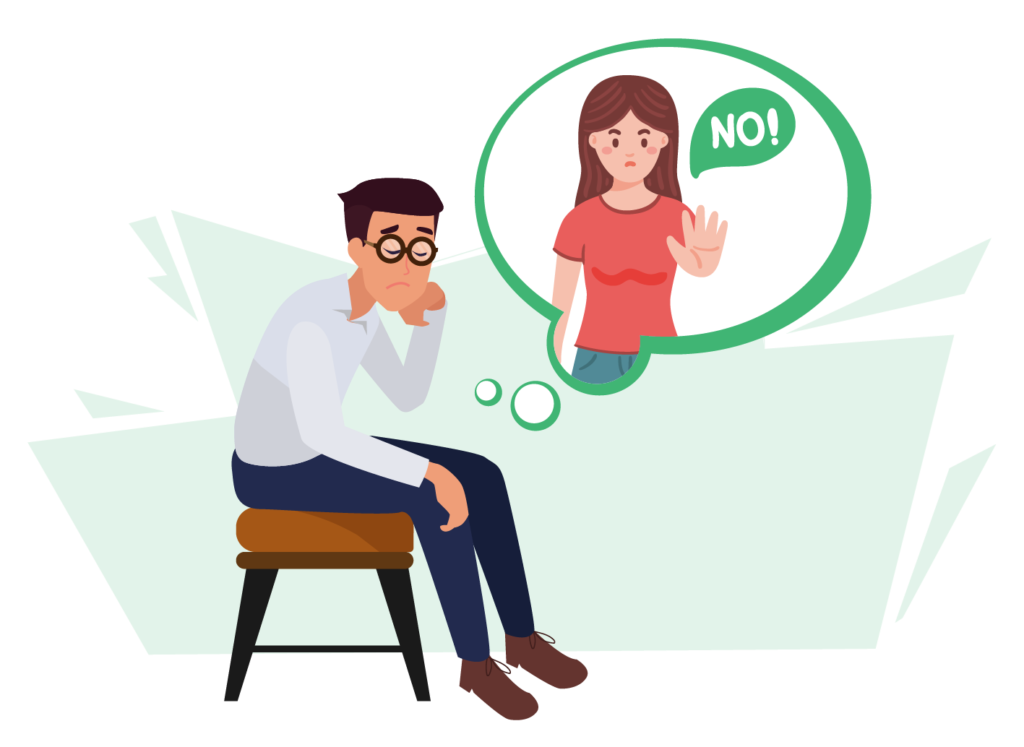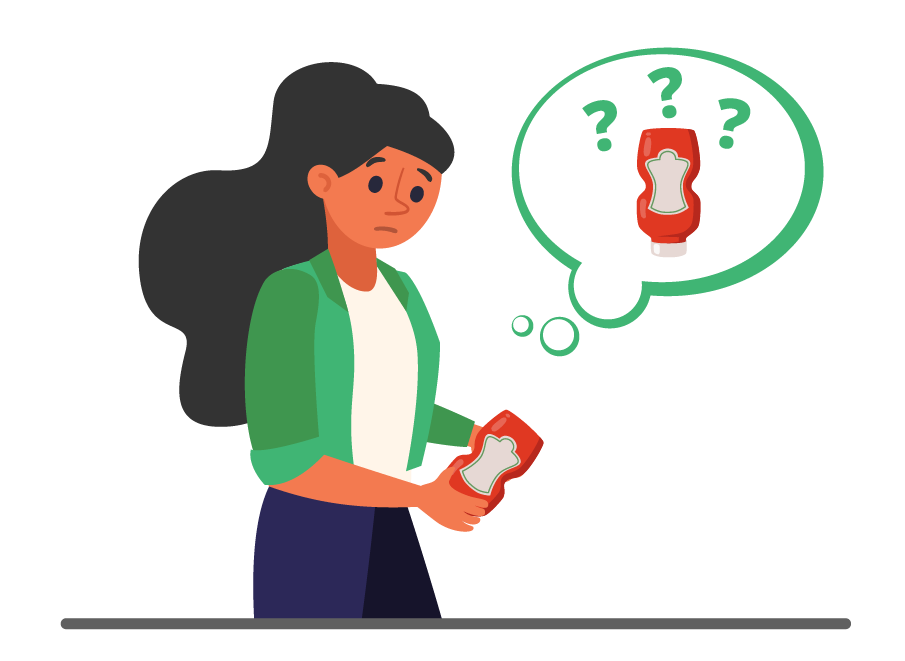
5 Reasons Customers "Reject" Your Offer and How To Deal With It
Table of Contents
In the world of sales, rejection is common. The rejection of an offer can be influenced by many factors. Either because of your product, customers, or other factors that make them reconsider making transactions. However, as a salesperson, you must be prepared to deal with it. While this may cause you restlessness and hopelessness, you should be able to accept and get used to the rejection.
But what if you’ve done everything from attractive marketing to innovative products, yet customers are still reluctant to buy your product? Here are some reasons why your product failed to sell and how to fix it.
Why do customers reject your offer? How to deal with it?
“Too expensive”…. “Outside my budget.”
Yes, this expression must be familiar to your ears. Indeed, price is one of the main factors in getting your offer rejected. Customers may find other more affordable alternatives. However, it will be difficult if it has to be the lowest price of all competitors. Instead of a price war, try to describe what makes your product “different” and superior. Describe the benefits they will get if they buy your product.
“I don’t like it…”
You may have designed the best possible product, but perhaps, still needs improvement. For example, in terms of packaging, maybe your product looks attractive and aesthetic. Still, it makes it difficult for customers to use it. Or perhaps customers are not satisfied with your previous service, so that they are hesitant to re-order.
In this case, you will need to conduct frequent surveys and evaluations. Find out what is missing from the service or product. Then, continue to innovate and develop products to become solutions that are needed, and make it easier for customers while continuing to improve services to become better and more agile.

“What product?”… “What brand is this?”
If your business is a newcomer, customers may still not be familiar with your product or brand. They still question your company’s credibility and reputation. You can use existing technologies such as online communities, social media, websites, advertisements, or other platforms. Create exciting and entertaining content. Interact with customers frequently. Take your time to establish a good relationship so that they believe in the products you offer.
“I prefer other products.”
In making products that can compete, it does require extra energy. In addition to having to create innovative products, you also have to regularly monitor the position of your product in the market to personalize the marketing. It is also important for you to constantly monitor competitors’ products. Pay attention to what makes competitors’ products liked by customers. Make sure your product has these and other advantages over competitors’ products. Observe. Copy. Modify.
“There’s still much stock”…… “Later on”
How will customers be attracted to buy your product if they feel they can’t resell it later? Therefore, you need to make sure customers understand your product well and make it an attractive product to push into the market.
You can also create various interesting promos that make customers feel regret if they miss them. For example, you can add discounts, attractive prizes, free shipping (if there are products to deliver), or free service for one year. Don’t forget to give a time limit so that the “must buy now” feeling arises.
The objections above are unavoidable. However, if handled properly, it can be a lesson that will help you be better prepared in the future. First, understand the reasons and signs of rejection, then devise a new strategy for the next step.
Apart from making and finding the right strategy, here are some essential things that can also help you anticipate rejection and optimize sales:
- Learn and understand the product as profoundly as possible
- Always be optimistic and have a solid mental
- Make sure your product is easily accessible (online or offline)
- Always evaluate regularly
- Be proactive and nimble



